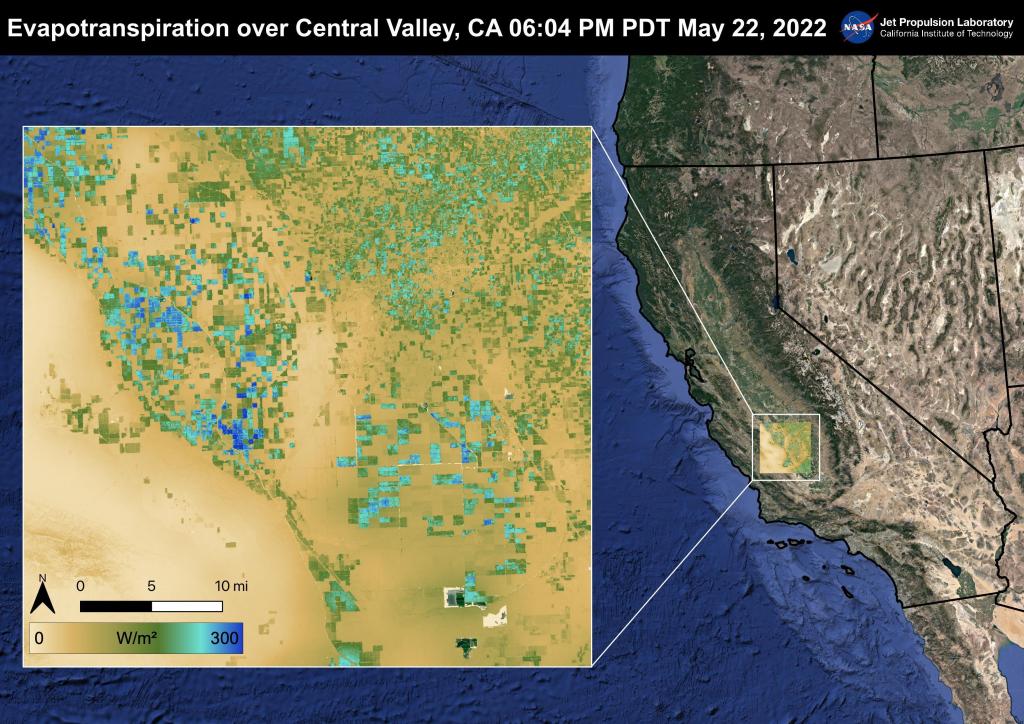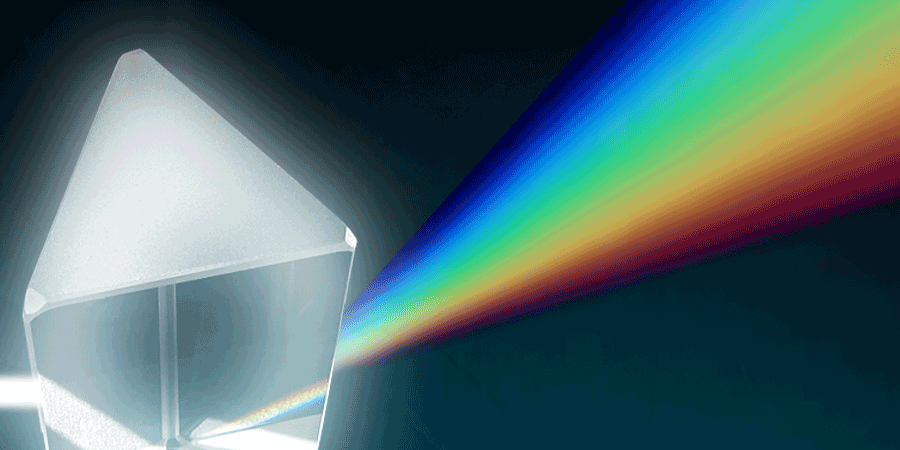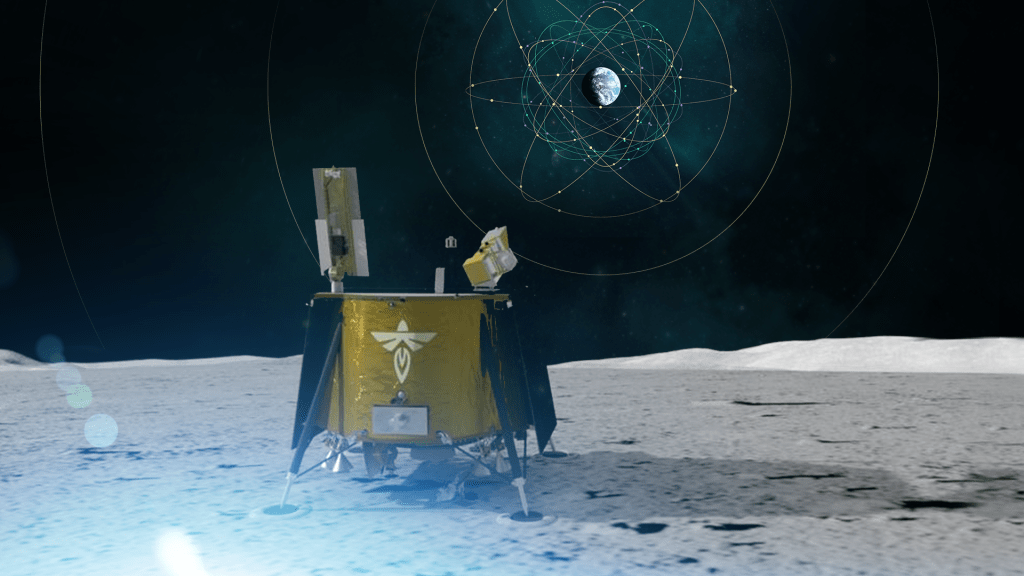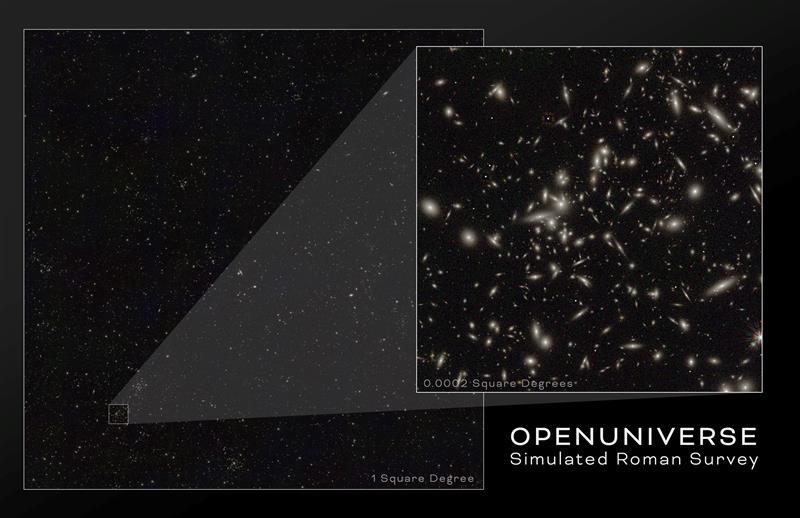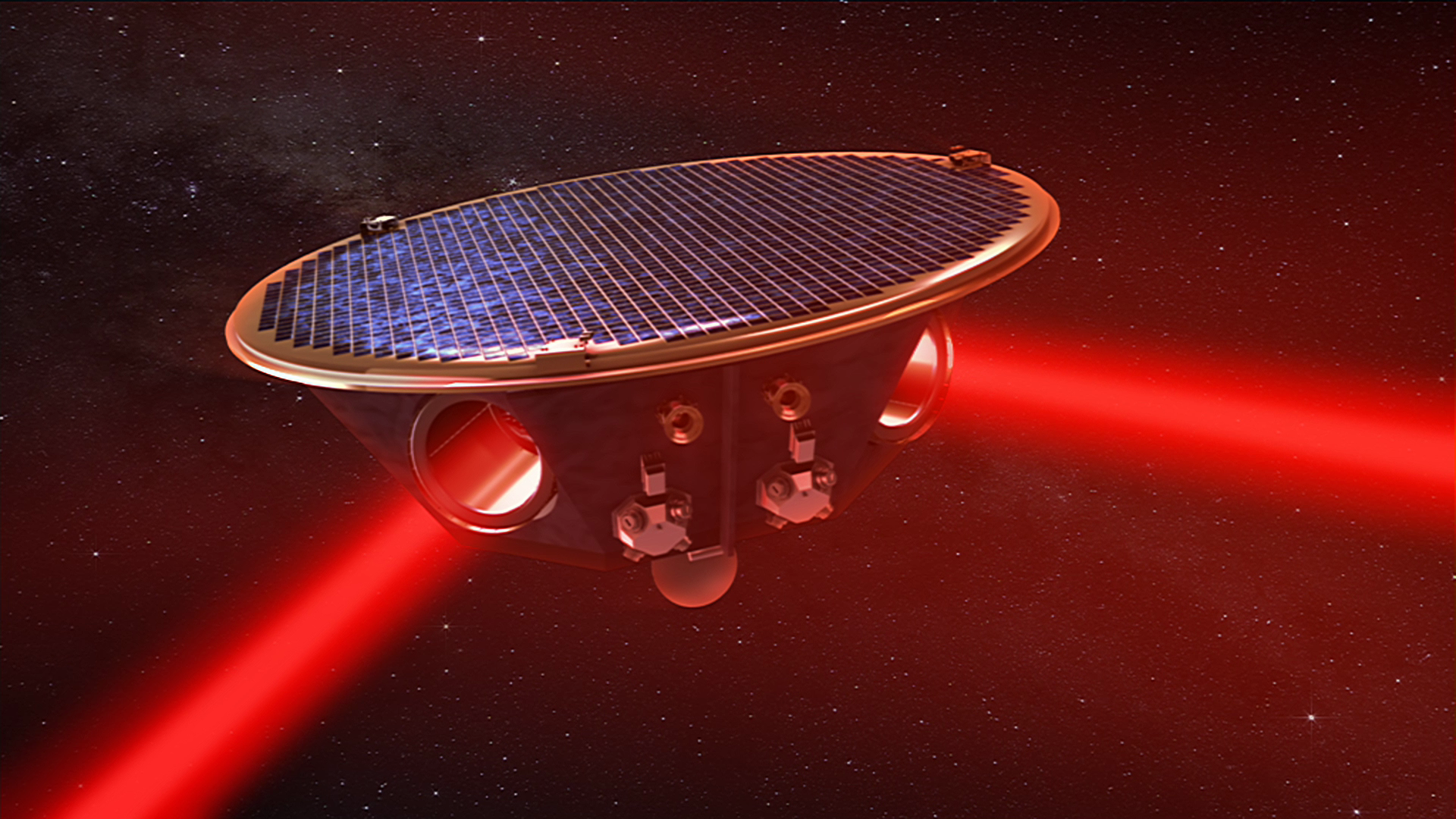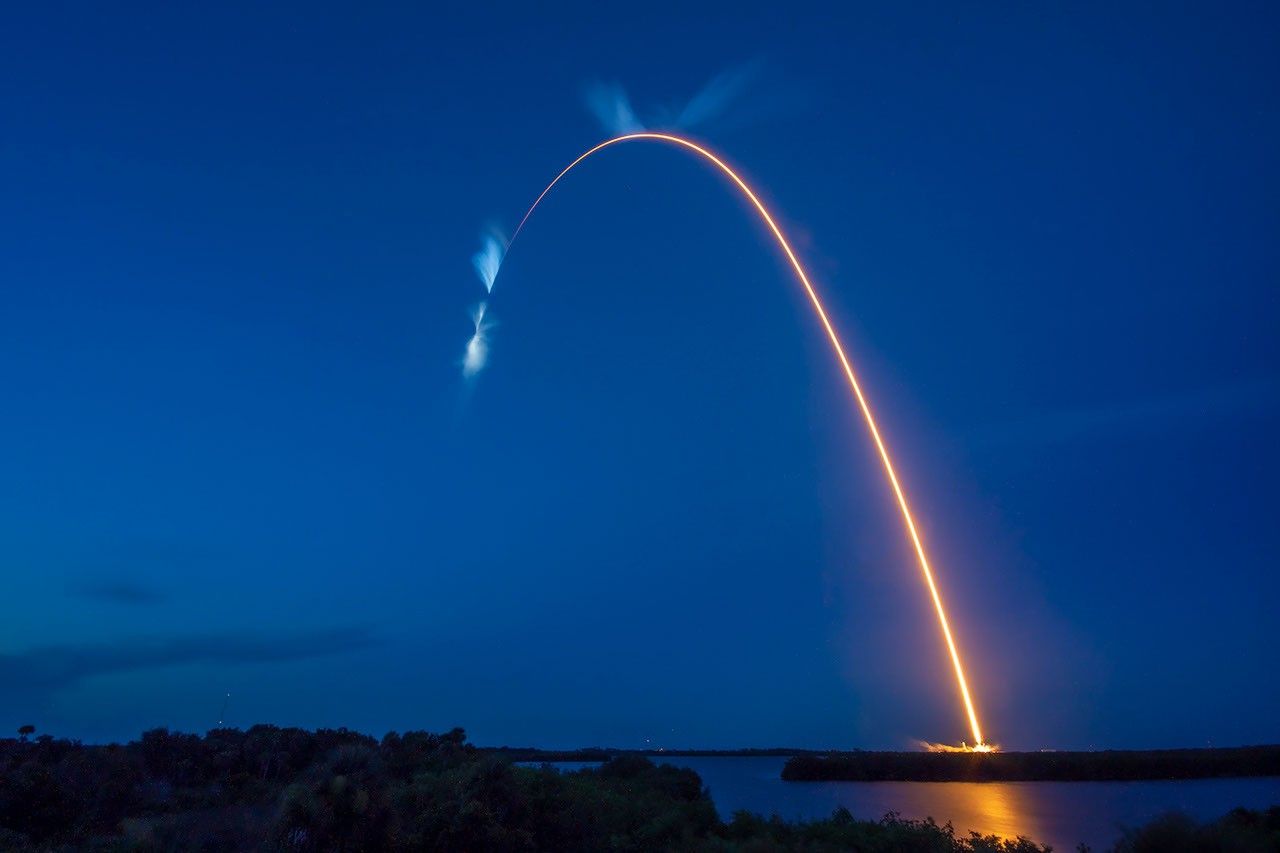Ahead of the total solar eclipse crossing North America on April 8, 2024, NASA has funded two more proposals that will use the eclipse to advance science while engaging the public. The new projects were awarded via NASA’s Heliophysics Innovation in Technology and Science (HITS) program.
“There are so many ways to participate in NASA science, especially as we enter the Heliophysics Big Year,” said NASA Heliophysics citizen science lead, Elizabeth MacDonald. “We’re so excited to watch these and our many other projects come to life.”
SunSketcher 2024: An Eclipse Movie Across America
Led by Gordon Emslie, a professor of physics and astronomy at Western Kentucky University in Bowling Green, SunSketcher 2024 will become NASA’s newest citizen science project. Citizen science, also known as participatory science, involves collaboration between professional scientists and members of the public who work together to conduct scientific studies.
SunSketcher 2024 will enable observers from along the eclipse’s path of totality – the region wherein the Moon completely blocks the Sun’s light during a total solar eclipse – to collaborate and create a single crowd-sourced “megamovie” of the event. Using the SunSketcher 2024 smartphone app, an upgraded version of an app originally developed for the 2017 total solar eclipse, participants will capture their views of the eclipse. The app uses the device’s GPS coordinates to determine the exact time when an eclipse phenomenon known as Baily’s Beads are visible. Baily’s Beads appear for a few moments right before and after totality, as tiny slivers of sunlight pass through the valleys on the lunar surface, giving the brief appearance of bright points, or “beads,” of sunlight. They disappear during totality, when the Moon completely blocks the solar surface, and then reappear as the Sun emerges from behind the Moon.
Using the SunSketcher 2024 app, participant observations will be combined to create a continuous one-hour movie of Baily’s Beads, recording exactly when they appear and disappear at different locations. Combined with precision maps of the lunar limb collected by NASA’s Lunar Reconnaissance Orbiter, this movie will allow the team to precisely measure the shape of the Sun – in particular, how much it deviates from a perfect sphere. This information will lead to an improved understanding of the flows in the solar interior, and is also key to testing gravitational theories.
GeoCollaborate: Sharing Eclipse Data for Broadcasters and Educators
Eclipses present a special scientific opportunity to collect a wide array of information, from direct solar measurements to the fleeting effects on Earth’s surface and atmosphere. But gathering and sharing that data is a challenge in and of itself. To address that challenge, StormCenter Communications, a company based out of Halethorpe, Maryland, and led by founder and CEO Dave Jones, has been funded to use their patented GeoCollaborate software application to widen access to eclipse science data.

GeoCollaborate was developed through NASA and National Oceanic and Atmospheric Administration (NOAA) Small Business Innovation Research (SBIR) contracts. The platform provides real-time data visualization, data sharing, and collaboration capabilities within a single interactive environment. For the upcoming 2024 total solar eclipse, StormCenter will use the GeoCollaborate Dashboard to share interactive visualizations, video content, and graphics with broadcast meteorologists and educators who can share it with broader audiences. By leveraging existing relationships in the broadcast community, GeoCollaborate will make it much easier for eclipse-related information to be accessed and broadcast to viewers across the nation. Social media posts and links to additional information will be presented in both English and Spanish to better engage speakers of both languages.
“These two projects join several other NASA-funded eclipse projects, and highlight how important solar eclipses are to understanding the Sun and its influence on Earth,” said program scientist and eclipse lead at NASA Headquarters, Kelly Korreck.
Related
- NASA Funds 3 Citizen Science Projects to Study 2024 U.S. Solar Eclipse
- Science in the Shadows: NASA Selects 5 Experiments for 2024 Total Solar Eclipse
By Miles Hatfield
NASA’s Goddard Space Flight Center, Greenbelt, Md.





